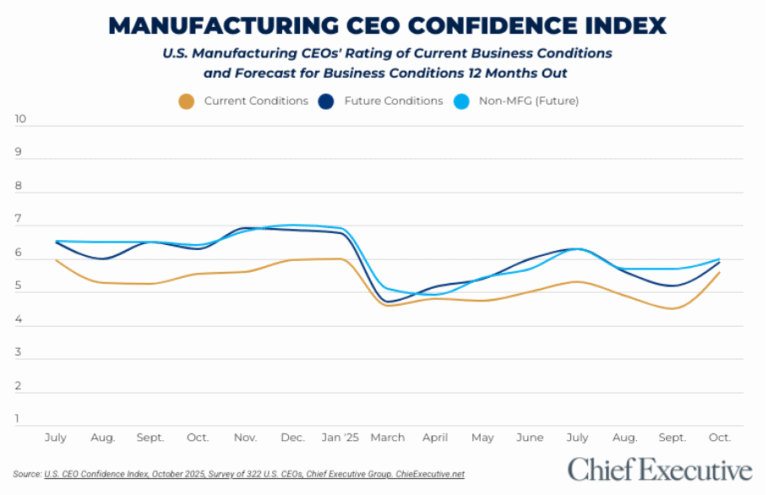


Leadership isn’t just about making decisions and steering the ship anymore. It’s about being the kind of person others will follow into uncertainty — especially in the world of new ventures, where uncertainty is guaranteed. And yet, even the most intelligent, well-prepared leaders often fail. Why?
Not because they lack drive or knowledge. But because they underestimate the invisible forces that shape how leadership actually works.
These forces — call them X-Factors — operate in the margins: between vision and execution, between public wins and private choices. Most leadership breakdowns aren’t dramatic implosions. They happen slowly.
Here are five X-Factors that separate enduring leaders from those who burn out, blow up, or simply fade away.
Leaders love to believe that hustle beats luck. But the truth is, even perfect execution won’t compensate for poor timing. Vision alone doesn’t make a business work — readiness does. That includes market readiness, team readiness, and even emotional readiness. Poor timing often shows up in two ways: launching too early (before demand exists) or holding back too long (and missing the window). Great leaders aren’t just builders — they’re pattern recognizers. They learn to sense when to pause, when to push, and when to pivot. It’s like being a racecar driver — braking 50% of the time and accelerating 50% of the time.
How to apply it: Cultivate strategic patience. Look for signals, not just plans. Build a culture that reads the environment as well as it executes a strategy.
Many leaders try to separate their “professional” decisions from their personal lives — and from the lives of their team. That’s a myth. Just walk down the hallway and you’ll see it: framed snapshots of kids, partners and pets on employees’ desks. For them, it’s not just a job — it’s livelihood, identity and pride.
The same is true for you. Whether you admit it or not, every major decision you make is filtered through personal bias, emotional wiring or past experience. That doesn’t mean you should indulge every instinct, but ignoring the personal undercurrents is dangerous. Leaders who don’t do the internal work—understanding their patterns, triggers and motives—end up reacting, not leading.
How to apply it: Build an inner circle that helps you lead from the inside out. Not just advisors, but truth-tellers — coaches, therapists, or mentors who challenge your blind spots and help you lead with clarity and empathy.
Some leaders are visionaries. Others are operators. Some are driven by mission, others by challenge. The problem? Many first-time leaders try to become someone else—chasing a style that doesn’t fit their wiring because that’s what they think is expected by investors, boards, or peers. Growth is possible, of course. But self-awareness isn’t a luxury—it’s foundational. Great leaders build systems that match their strengths, and they hire for their gaps.
How to apply it: Ask: “Am I leading in a way that reflects how I’m built — or how I think I’m supposed to act?” Invest in assessments, reflection, and feedback loops that clarify your design.
Uniform thinking feels good—especially in early teams. But high-alignment cultures can unintentionally punish dissent or diversity of thought. Leaders who surround themselves with clones end up with fragile companies. Real leadership means cultivating disagreement without disconnection. It means creating safety for pushback and resisting the ego-need to always be right.
How to apply it: Hire people who challenge you. Celebrate different lenses. Pair individuals who are exceptional at problem solving with those who possess a go-get-it spirit to work on the same project. Yes, it can be a guessing game—but educated guessing within these parameters beats trying to compile a team of the “smartest” people.
Most CEOs obsess over their team. Few invest in their own core team—the personal scaffolding that keeps them grounded. That might include a performance coach, therapist, peer group or spiritual guide. Whatever the form, the principle is the same: leadership is lonely, and self-reliance isn’t a strategy.
How to apply it: Design a long-term support system that keeps you grounded—especially when things get chaotic. Think of it like a personal board of directors—people who help you stay calibrated, focused, and resilient.
Leadership isn’t a set of tactics—especially in today’s fast-moving, information-at-your-fingertips world. It’s a relationship: with yourself, with your people, and with the moment you’re in. The leaders who endure—the ones who build resilient teams and companies—aren’t the ones who never falter. They’re the ones who understand and manage the subtler forces at play.
These five X-Factors won’t show up in an MBA course. But they are the difference between short-term control and long-term trust. Between burnout and balance. Between leading a company—and becoming the kind of leader others will choose to follow.



0

1:00 - 5:00 pm
Over 70% of Executives Surveyed Agree: Many Strategic Planning Efforts Lack Systematic Approach Tips for Enhancing Your Strategic Planning Process
Executives expressed frustration with their current strategic planning process. Issues include:
Steve Rutan and Denise Harrison have put together an afternoon workshop that will provide the tools you need to address these concerns. They have worked with hundreds of executives to develop a systematic approach that will enable your team to make better decisions during strategic planning. Steve and Denise will walk you through exercises for prioritizing your lists and steps that will reset and reinvigorate your process. This will be a hands-on workshop that will enable you to think about your business as you use the tools that are being presented. If you are ready for a Strategic Planning tune-up, select this workshop in your registration form. The additional fee of $695 will be added to your total.

2:00 - 5:00 pm
Female leaders face the same issues all leaders do, but they often face additional challenges too. In this peer session, we will facilitate a discussion of best practices and how to overcome common barriers to help women leaders be more effective within and outside their organizations.
Limited space available.

10:30 - 5:00 pm
General’s Retreat at Hermitage Golf Course
Sponsored by UBS
General’s Retreat, built in 1986 with architect Gary Roger Baird, has been voted the “Best Golf Course in Nashville” and is a “must play” when visiting the Nashville, Tennessee area. With the beautiful setting along the Cumberland River, golfers of all capabilities will thoroughly enjoy the golf, scenery and hospitality.
The golf outing fee includes transportation to and from the hotel, greens/cart fees, use of practice facilities, and boxed lunch. The bus will leave the hotel at 10:30 am for a noon shotgun start and return to the hotel after the cocktail reception following the completion of the round.